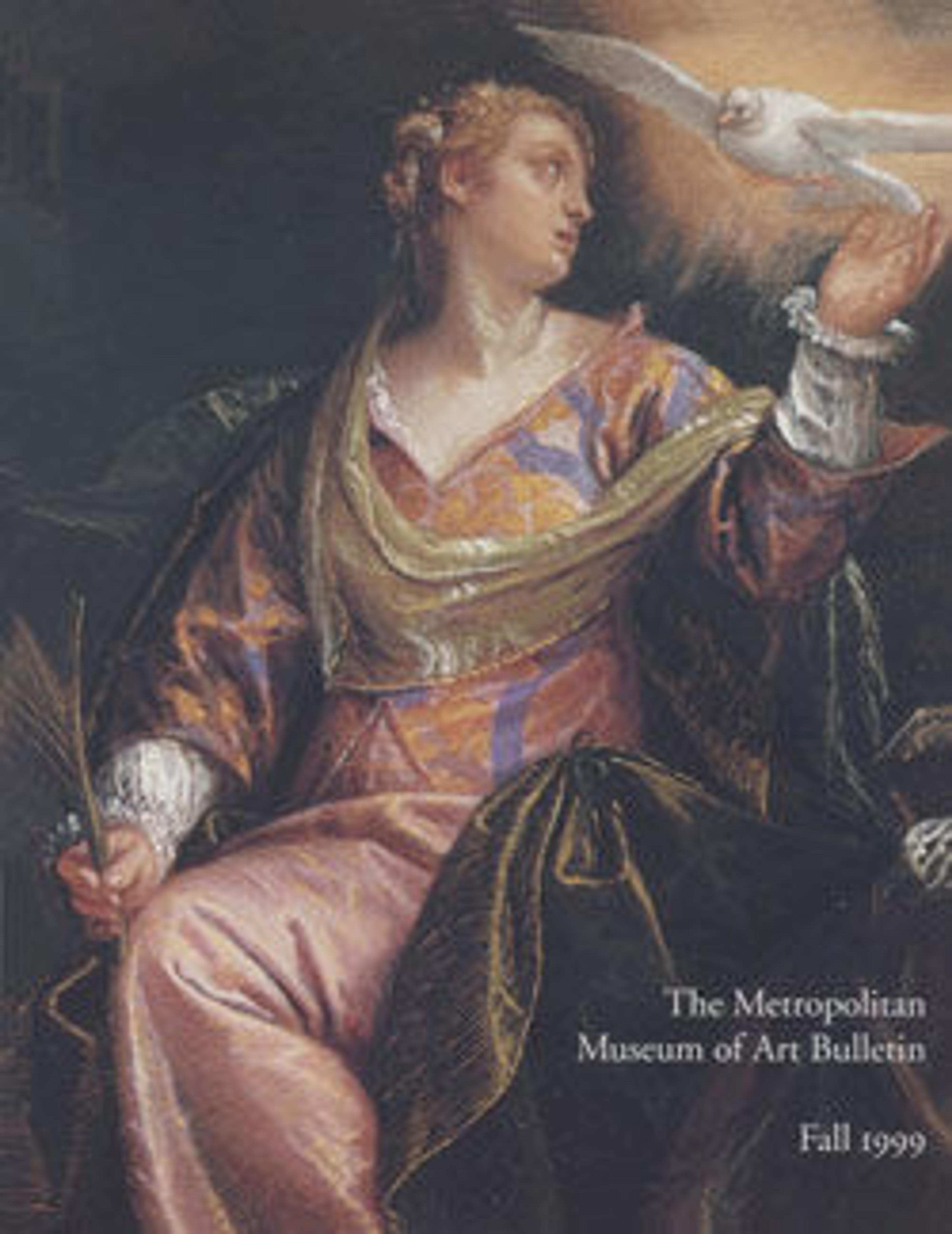Winter Scene in Moonlight
English-born Henry Farrer was the brother of Thomas C. Farrer, the principal founder of the Society for the Advancement of Truth in Art, which represented the Pre-Raphaelite movement in America. Unlike his brother, who studied drawing with John Ruskin in London, Henry was probably self-taught, beginning in the early 1860s to produce painstakingly wrought still lifes and landscapes in watercolor. He exhibited them regularly at the American Watercolor Society, which he helped to found. "Winter Scene in Moonlight," Farrer's earliest known watercolor landscape, probably represents a site in Brooklyn, where he lived most of his life. The picture's prosaic terrain and precise technique reveal the young artist's early adherence to Pre-Raphaelite ideals, while its faint primitivism betrays the earnest autodidact that he was. Because of that quality, as well as its chill nocturnal setting and subtle asymmetry of composition, the image anticipates the disturbing tenor of twentieth-century Surrealist landscapes.
Artwork Details
- Title:Winter Scene in Moonlight
- Artist:Henry Farrer (American, London 1844–1903 New York)
- Date:1869
- Culture:American
- Medium:Watercolor and gouache on white wove paper
- Dimensions:11 7/8 x 15 3/16 in. (30.2 x 38.6 cm)
- Credit Line:Purchase, Morris K. Jesup Fund, Martha and Barbara Fleischman, and Katherine and Frank Martucci Gifts, 1999
- Object Number:1999.19
- Curatorial Department: The American Wing
More Artwork
Research Resources
The Met provides unparalleled resources for research and welcomes an international community of students and scholars. The Met's Open Access API is where creators and researchers can connect to the The Met collection. Open Access data and public domain images are available for unrestricted commercial and noncommercial use without permission or fee.
To request images under copyright and other restrictions, please use this Image Request form.
Feedback
We continue to research and examine historical and cultural context for objects in The Met collection. If you have comments or questions about this object record, please contact us using the form below. The Museum looks forward to receiving your comments.
